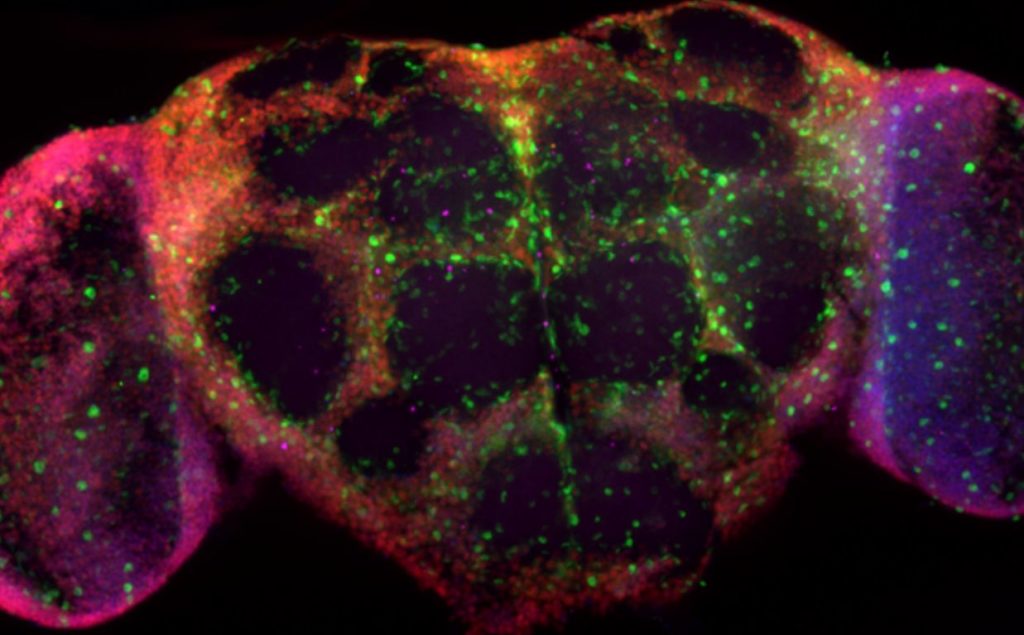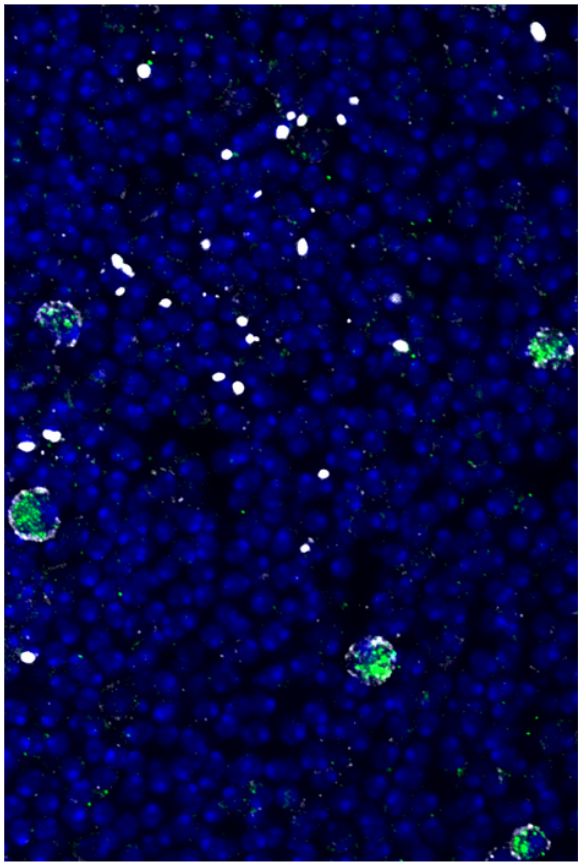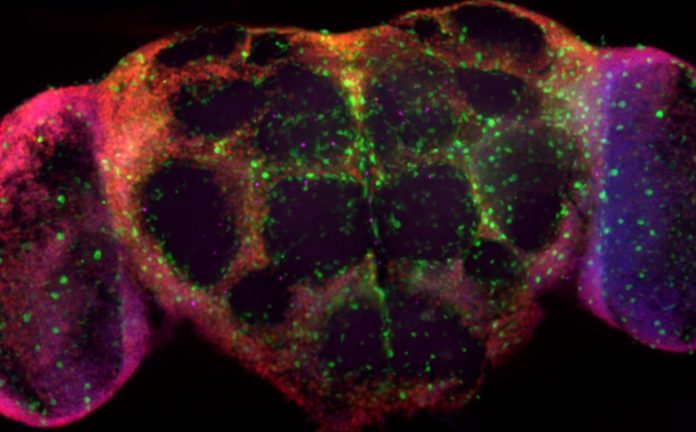The neurons we lose from stroke and TBI are never restored. This means that, depending on the location of the injury, patients may experience long-term impairments in important motor or cognitive skills including language and memory.
The brain, on the other hand, has the potential to generate new neurons. It has neural stem cells, which are unique cells that partially activate in response to tissue damage. While numerous cells initiate the process of regeneration, only a tiny percentage of stem cells become fully activated.
As a result, only a small number of newly formed neurons are created, and even fewer survive to repopulate the injured region. Instead, it is loaded with glia, a common type of brain cell that serves as the nervous system’s “glue”.
What can we do to improve neuronal regeneration? A study published in the journal Developmental Cell today may offer a solution. Scientists from Portugal’s Champalimaud Foundation found a novel method through which neurons and glia work together to promote this process.
“We have revealed how neural stem cells sense injury and are recruited for tissue repair.”
According to Christa Rhiner, the study’s principal author, “these findings may be the first step towards developing drugs to promote the formation of new neurons following brain damage.”
CELL COOPERATION
Rhiner’s team used the fly brain and mouse animal models to figure out how brain regeneration works.
“Just like ours, their brains also contain neural stem cells,” she noted. “In addition, many signalling molecules and forms of intercellular communication are common to humans, flies and mice. Consequently, the insights we gain from these animal models are likely to be relevant for understanding human physiology.”

Anabel Simes, a PhD student in the lab, began by enquiring about the compounds found just in the wounded brain area. One, in particular, struck her eye among the many.

“It was Swim – a transporter protein that quite literally ‘swims’ across the tissue, helping molecules that normally act locally to spread out. Following a thorough investigation, we learned that Swim is critical for mounting a regenerative response to brain injury,” she added.
The next natural step, according to Simes, was to figure out which molecule Swim was carrying. Wg/Wnt, a recognized activator of neural stem cells in flies and mammals, was discovered as the answer in the second round of studies.
“We found Wg in neurons in the damaged area, which is remarkable,” Simes added. “It meant that the neurons themselves sense the tissue’s distress and respond to it by trying to send a wakeup signal to dormant neural stem cells.”
There was only one missing piece of the picture now: who was directing Swim?
The researchers discovered that when oxygen levels in the wounded brain area drop, a certain type of glial cell responds. The swim is produced by these cells and secreted into the extracellular area. Wg is then encapsulated by the transporter and carried to the nearest stem cell, thereby turning it on.
“One of the more striking aspects of this mechanism is that it’s collaborative,” Simes explained. “Neurons and glia in the affected brain area work together to promote tissue repair.”
Boosting neuroregeneration
The findings point to a new cooperative mechanism in which neurons and glia “join forces” to drive brain regeneration. How can these findings strengthen this procedure?
“Now that we know who the key players are and how they communicate with each other, we have a shot at giving neural regeneration a boost. First, we need to verify that a similar mechanism also exists in humans. Then, we can begin thinking about translating these findings into therapies, ” Rhiner added.
She concluded by saying, “these results also prompt many follow-up questions that we are looking forward to investigating next. For instance, how can we help new neurons survive in the tissue as it heals? It’s a fascinating journey, and we’re excited to see what we will find next.”
Image Credit: Getty
You were reading: Clues To Boost Neural Regeneration In The Injured Brain After A Stroke – New Findings
